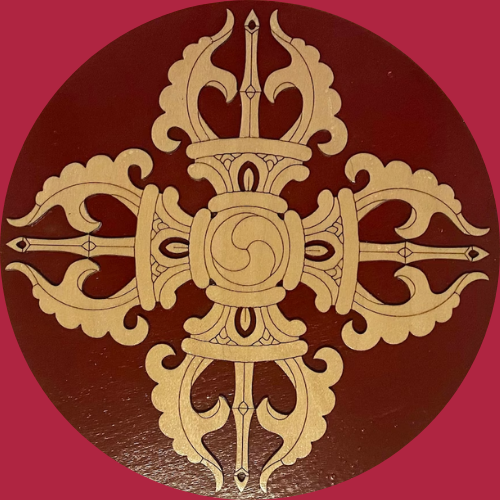Borobudur
In Muntilan in Java, the Borobudur is the largest Buddhist temple created during Sailendra Dynasty (c. 650-1025 CE). Until the 14th – 15th CE., Buddhists community among Javanese performed pilgrimage and rituals at Borobudur, after that Borobudur was abandoned, as many Javanese chosen Islam. Rediscovered on 1814 AD, the site has since been the subject of immense research and archaeological investigations from Dutch and Javanese.
- Restoration in the 1970s and 1980s, overseen by President Suharto (1967-1998 CE) and UNESCO
- Borobudur still continues to showcase a powerful role in shaping Indonesian architecture and cultural identity
Mahayana Buddhist Temple
Borobudur is located about 25 miles to the northwest of Yogyakarta and some 86 km (53 miles) west of the city of Surakarta in central Java. The temple lies in an area between two volcanoes – Mt. Sundoro – Sumbing and Mt. Merbabu-Merapi, with two rivers flowing within its vicinity – Progo and Elo which are regarded auspicious as they evoked the auspicious Ganges or the Yamuna which flows within Indian subcontinent.
- Buddhist temples in the Kedu Plain: Pawon and Mendut are very close to Borobudur. Not surprisingly, given the area’s significance, the Hindu Gunung Wukir temple, which dates to c. 732 CE, lies west within 6 miles of Borobudur.
The period on which the Javanese constructed Borobudur is shrouded in mystery. Records pertaining to its construction exists, dating the temple is based on artistic comparisons of reliefs & inscriptions of Indonesia and elsewhere throughout Southeast Asia. Strong cultural and religious influence in Indonesia came from the Indian subcontinent around the 1st CE.
Hindu and Buddhist merchants entered Java, who get intermarried with the Javanese population, and facilitated a long-distance trading from ancient India to Java. A tablet from 842 CE., mentions Bhumisambharabhudara or the “Mountain of Virtues of Ten Stages of the Boddhisattva.” It is probable that the name is a sanskrit term. Over a great period of time, Javanese have blended religion and culture from ancient India.
Art & Architecture
An impressive ancient Buddhist structure that can only be rivaled with Angkor Wat of Cambodia, the Buddhist temples of Bagan in Myanmar (Burma), the Hindu temples of Mỹ Sơn in Vietnam, and the ruins of Sukhothai in Thailand. The complex design is a mix of Javanese style and Gupta dynasty architecture, reflecting the blend of Indian and Javanese aesthetics in ancient Java. Over 500 statues of Buddha are positioned, and temple contains roughly 3,000 bas-relief sculptures depicting teachings of Buddha, his life, and personal wisdom.
When taken all together, Borobudur ruins consists the largest amount of Buddhist sculptures at any site in the world. It is known that in ancient times, many sculptors decorated and adorned these temples, while various galleries were covered with paint and plaster. This method has helped to preserve these ancient sculptures for over 1000 years.
The main temple was made on a 3 layer structure, consisting a pyramid structure base replete with five square terraces, a trunk of a cone with three circular platforms with stupa. Inside around 72 stupas with statue of the Buddha, which can be seen around temple’s circular platforms. The allocation and delineation of space symbolises Buddhist concept of cosmology
It is estimated that over 1.6 million blocks of volcanic rock were used for Borobudur’s construction. The rocks for its creation were arranged accordingly without any mortar. Borobudur has three different segments, the main temple and two smaller temples – the Pawon and Mendut Temple. Inside Mendut temple, a sculpture depicting Buddha with Bodhisattvas. Also, Ngawen – a Buddhist temple from 8th CE. period, is 6 miles from Borobudur, that can be explored on a day with ease.
